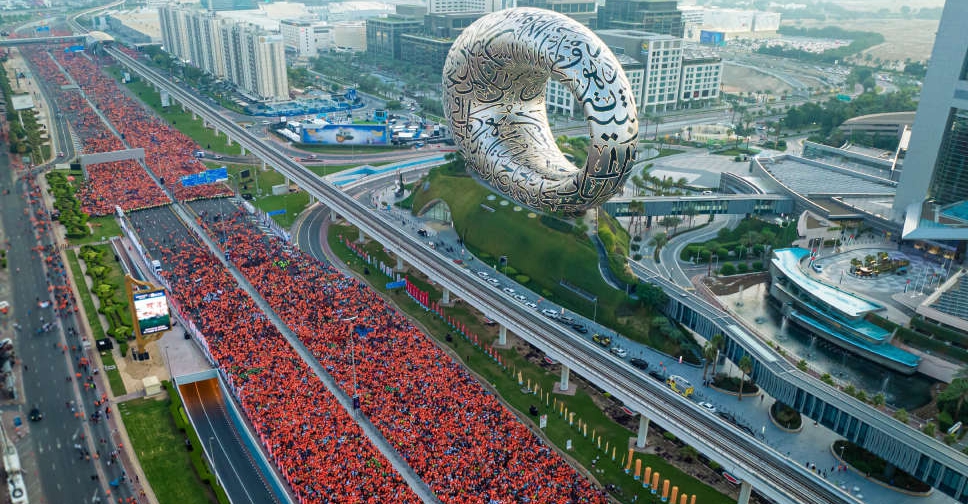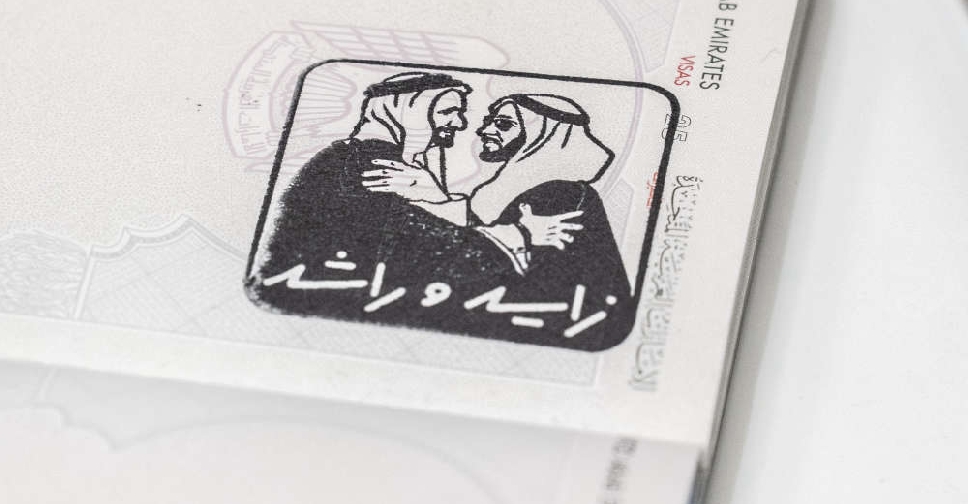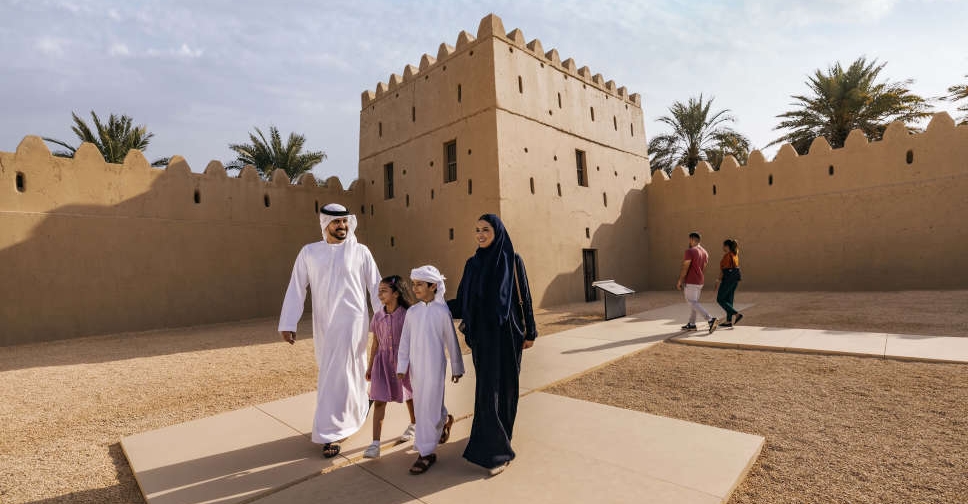
Dubai has unveiled an ambitious quality of life strategy as part of efforts to become the world's best city to live in.
It includes 200 projects and initiatives that will focus on transforming Dubai into a pedestrian, environment and family-friendly city.
To be implemented in three phases from 2024 to 2033, the Dubai Quality of Life Strategy 2033 features 10 key pillars dedicated to the wellbeing of all segments of the community and ensuring that all residents can access essential services within a 20-minute journey.
The strategy includes developing over 200 parks, expanding cycling tracks on beaches by 300 per cent, extending the length of night swimming beaches by 60 per cent and designating new beaches exclusively for women.
More than 1,000 sports, community, cultural, artistic and entertainment events will also be organised annually.
The projects will be overseen by a new office dedicated to enhancing quality of life in Dubai, in coordination with over 19 government entities and dozens of private organisations.
"Our objective is to establish Dubai as one of the world’s best cities in terms of wellbeing, offer every resident a healthy, active, and enjoyable lifestyle, build a society that takes pride in its identity and cultural diversity, and offer the highest quality of leisure and entertainment," said His Highness Sheikh Hamdan bin Mohammed bin Rashid Al Maktoum, Crown Prince of Dubai and Chairman of The Executive Council of Dubai.
The strategy, which is aligned with the Dubai 2040 Urban Master Plan, features an integrated roadmap for sustainable urban development.
.@HamdanMohammed approves Dubai Quality of Life Strategy 2033 featuring more than 200 projects and initiatives. Aligned with the Dubai 2040 Urban Master Plan, the strategy charts a roadmap for sustainable development of all segments of the community. pic.twitter.com/xKu9Y606mF
— Dubai Media Office (@DXBMediaOffice) May 14, 2024
Encompassing over 200 projects, initiatives, and supporting plans, the #Dubai Quality of Life Strategy is set for implementation in three phases from 2024 to 2033. It covers 10 key pillars pertinent to wellbeing: culture and entertainment, the natural environment, the urban… pic.twitter.com/LwYhYd7ZS3
— Dubai Media Office (@DXBMediaOffice) May 14, 2024
Natural environment
Key components include 376 stations and sites dedicated to monitoring aquatic environments and air pollutants, and the world’s largest waste-to-energy conversion project, whose first phase has already been completed.
The strategy seeks to provide eight natural wildlife reserves spanning an area of 1,266 square kilometres, and marine reserves covering 32 square kilometres.
It also aims to preserve Dubai’s rich biological diversity. The emirate is home to 1,524 species of living organisms, including 342 species of birds, 46 species of mammals, 51 species of reptiles, 315 species of plants, 188 species of fish, and 582 species of invertebrates.
The Dubai Quality of Life Strategy seeks to consolidate Dubai’s top-ranking position in per capita access to electricity. Key initiatives include expanding electricity charging stations and developing the Mohammed bin Rashid Solar Park, the world's largest single-site solar energy park.
Integrated development
The Dubai Quality of Life Strategy incorporates a comprehensive plan to improve Dubai’s beachfront areas, including upgrading Jebel Ali Beach, Jebel Ali Caravans Camp Beach, as well as Jumeirah, Umm Suqeim and Al Mamzar beaches.
Key targets include a 300 per cent increase in public services provision by 2025, ensuring 100 per cent accessibility for people of determination and senior citizens, expanding cycling tracks on beaches by 300 per cent, extending the length of night swimming beaches by 60 per cent, and designating new beaches exclusively for women.
These initiatives are aligned with the objectives of the Dubai 2040 Urban Master Plan, which aims to increase the length of public beaches by 400 per cent.
Exceptional experience
Dubai's outlying areas will be developed to provide essential services and facilities and offer an exceptional tourist experience.
The strategy aims to enhance the tourism appeal of areas like Hatta, Lehbab, Al Marmoom, Al Lisaili, Al Faqa’, Nizwa, Al Awir and Margham.
It involves several initiatives to improve wellbeing, create investment opportunities for families, support farmers and local products, and conserve natural reserves and archaeological sites.
The strategy targets a 162 per cent increase in services like health, schools, parks, and mosques and also entails meeting the housing needs of UAE nationals in outlying areas, development of the Saih Al Salam Path with events and investment opportunities, and several enhancements in Hatta such as hiking, hospital and educational facility upgrades, and housing projects.
Expanding greenery
The strategy seeks to increase the planting of trees and flowers in the streets, public roads, squares and parks as well as implement sustainable irrigation projects.
Greenery is one of the main elements supporting the strategy, with a portfolio of projects aimed at increasing the total green cover in the emirate through the implementation of several major initiatives by 2033.
This includes expanding the area of public parks from 23 to 64 square km (a 180% increase) and developing over 200 parks and squares in different areas across the emirate.
Quantum leap
The Dubai Quality of Life Strategy seeks to transform mobility by developing innovative solutions and an integrated inclusive infrastructure that adopts the latest developments in transportation infrastructure.
It also aims to reduce the use of private vehicles, encourage public transportation, reduce carbon footprint, enhance access to attractions, and improve road safety, ultimately positioning Dubai among the world’s top 10 cities for ease of mobility.
Further, the strategy aims to achieve a quantum shift in employing artificial intelligence in harnessing self-driving mobility and establishing a unique global model for future cities.
By 2033, the strategy aims to convert 25 per cent of all trips in the city to self-driving travel and achieve 45 per cent transportation through sustainable means, while also transforming Dubai into a pedestrian-friendly city.
It aims to double the length of cycling lanes from 544 km to 1,150 km, increase bus routes by 117 per cent from 4,008 to 8,722 km, and expand the railway network from 100 to 159 km.
In 2023, public and shared transportation accounted for 21 per cent of total trips, with the metro achieving 99.7 per cent punctuality (ranked fifth globally). Cycling lanes totalled 544 km, and sustainable mobility accounted for approximately 35 per cent of total trips.
Openness and diversity
The strategy will create a comprehensive framework for enhancing Dubai’s cultural position, making it a global destination for cultural activities and creative experiences, and a leading venue for international events.
Areas allocated to entertainment, tourism, and hotels are planned to be increased by 134 per cent by 2040, ensuring that Dubai is transformed into a meeting point for diverse cultures, and a place where every individual can celebrate their identity and enjoy various activities that meet their aspirations.
Investing in capabilities
The Dubai Quality of Life Strategy places youth and children at the forefront of its priorities, with the aim of empowering them to serve their nation.
The strategy includes several initiatives such as promoting mental health, raising newborn screening standards, active schools, youth counselling and guidance, the Children’s Internet Safety Programme, and the Children’s STEM Museum.
 Road closures announced for Dubai Run
Road closures announced for Dubai Run
 Dubai Airports welcomes travellers with special stamp
Dubai Airports welcomes travellers with special stamp
 UAE steps up support for Sudanese refugees in Uganda
UAE steps up support for Sudanese refugees in Uganda
 Al Ain to host 53rd Eid Al Etihad official ceremony
Al Ain to host 53rd Eid Al Etihad official ceremony
